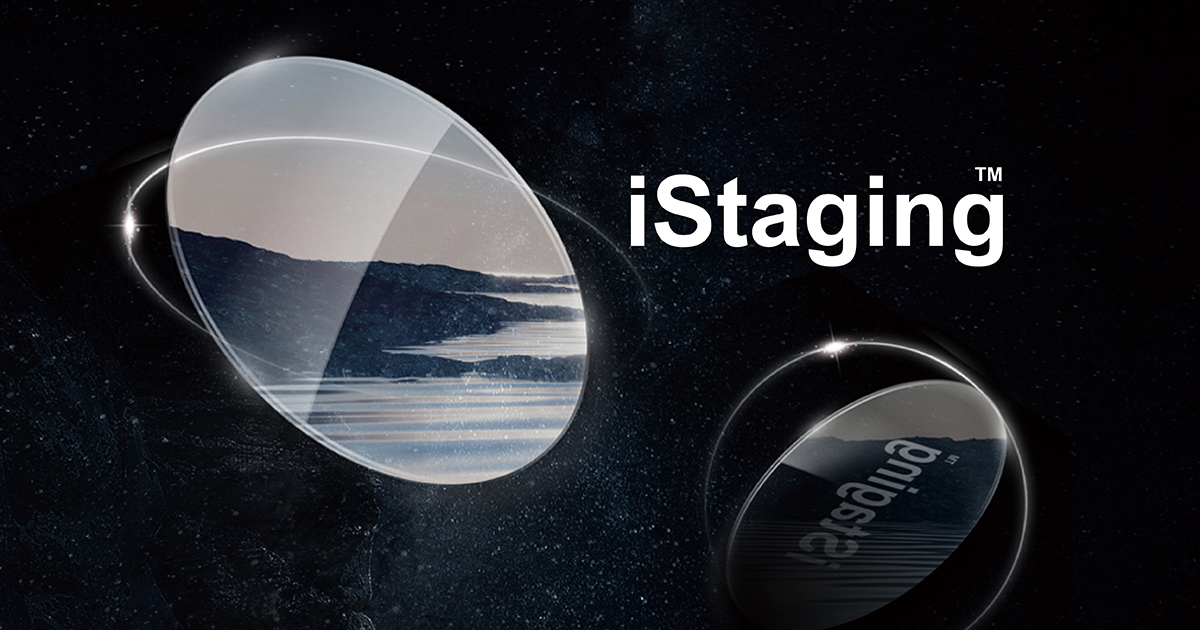
iStaging VR Platform: Complete Buyer's Guide
Transforming property visualization through smartphone-based 360° capture and AI-powered virtual staging.
iStaging VR Platform positions itself at the convergence of AI virtual staging and VR/AR technology, targeting AI Design professionals who need accessible field digitization combined with intelligent styling capabilities. The platform's core differentiation lies in its mobile-first architecture that enables smartphone-based 360° capture through "The Rotator" hardware, eliminating specialized camera equipment requirements that constrain traditional competitors[43][46].
Market Position & Maturity
Market Standing
iStaging operates within the explosive AI virtual staging market valued between $450 million to $1.5 billion (2024) and projected to reach $1.32–$5.98 billion by 2033 at CAGRs of 12.5%–26.4%[1][3][6][7].
Company Maturity
Enterprise market validation through LVMH Group's adoption for virtual showrooms demonstrates the platform's capability to serve sophisticated deployment environments[59].
Growth Trajectory
The platform positions itself strategically at the VR/AR convergence point, targeting the specialized segment projected to grow 35% CAGR as mobile-first solutions gain mainstream adoption[5][19].
Industry Recognition
Industry recognition includes partnerships and enterprise deployments that validate technical capabilities, though specific analyst recognition or awards require verification from current official sources.
Strategic Partnerships
Innovation lab partnerships with enterprises like LVMH suggest strategic positioning for continued market evolution.
Longevity Assessment
Long-term viability indicators include the platform's alignment with fundamental market trends: mobile-first workflows, VR/AR convergence, and democratized technology access.
Proof of Capabilities
Customer Evidence
LVMH Group's successful virtual showroom deployment provides enterprise-grade validation of iStaging's capabilities in sophisticated business environments, achieving faster client engagement cycles and reduced physical staging costs[59].
Quantified Outcomes
Korea Herald documented a 50% reduction in virtual tour production time after adopting iStaging's VR Maker platform, providing quantifiable evidence of workflow efficiency improvements[42].
Case Study Analysis
API integration success patterns show organizations achieving basic CRM synchronization in days rather than weeks, demonstrating technical reliability and deployment efficiency[46].
Market Validation
SMB real estate agent adoption demonstrates market validation through virtual open house capabilities that enable smaller organizations to compete with larger firms using advanced visualization technology[44][56].
Competitive Wins
Mobile workflow validation comes through successful smartphone-based 360° capture implementations that eliminate specialized camera equipment requirements[43][46].
Reference Customers
Enterprise validation through LVMH Group's adoption for virtual showrooms demonstrates the platform's capability to serve sophisticated deployment environments[59].
AI Technology
iStaging's technical foundation centers on DECO AI, an AIGC (AI-Generated Content) tool that transforms panoramic images into diverse interior styles using natural language prompts[57].
Architecture
The platform's mobile-first architecture represents a significant technical differentiator through smartphone-based 360° capture via "The Rotator" hardware integration[43][46].
Primary Competitors
Competitive market dynamics show 22 new entrants in 2024–2025 creating feature duplication and procurement complexity[2][7].
Competitive Advantages
Primary competitive differentiation centers on iStaging's mobile-first architecture and VR/AR convergence capabilities that distinguish it from desktop-focused pure-software competitors[43][46].
Market Positioning
Market positioning strengths align with VR/AR convergence market growth projected at 35% CAGR[5][19], positioning iStaging favorably for technology evolution trends.
Win/Loss Scenarios
Win scenarios favor iStaging when buyers prioritize mobile-first requirements, VR/AR integration needs, field digitization capabilities, and rapid prototyping workflows. Loss scenarios occur in luxury market applications demanding high-fidelity material textures, organizations requiring extensive CAD/BIM connectivity, and scenarios needing human-AI hybrid approaches over pure automation.
Key Features
Pros & Cons
Use Cases
Featured In Articles
Comprehensive analysis of AI Virtual Staging Tools for AI Design for AI Design professionals. Expert evaluation of features, pricing, and implementation.
How We Researched This Guide
About This Guide: This comprehensive analysis is based on extensive competitive intelligence and real-world implementation data from leading AI vendors. StayModern updates this guide quarterly to reflect market developments and vendor performance changes.
59+ verified sources per analysis including official documentation, customer reviews, analyst reports, and industry publications.
- • Vendor documentation & whitepapers
- • Customer testimonials & case studies
- • Third-party analyst assessments
- • Industry benchmarking reports
Standardized assessment framework across 8 key dimensions for objective comparison.
- • Technology capabilities & architecture
- • Market position & customer evidence
- • Implementation experience & support
- • Pricing value & competitive position
Research is refreshed every 90 days to capture market changes and new vendor capabilities.
- • New product releases & features
- • Market positioning changes
- • Customer feedback integration
- • Competitive landscape shifts
Every claim is source-linked with direct citations to original materials for verification.
- • Clickable citation links
- • Original source attribution
- • Date stamps for currency
- • Quality score validation
Analysis follows systematic research protocols with consistent evaluation frameworks.
- • Standardized assessment criteria
- • Multi-source verification process
- • Consistent evaluation methodology
- • Quality assurance protocols
Buyer-focused analysis with transparent methodology and factual accuracy commitment.
- • Objective comparative analysis
- • Transparent research methodology
- • Factual accuracy commitment
- • Continuous quality improvement
Quality Commitment: If you find any inaccuracies in our analysis on this page, please contact us at research@staymodern.ai. We're committed to maintaining the highest standards of research integrity and will investigate and correct any issues promptly.